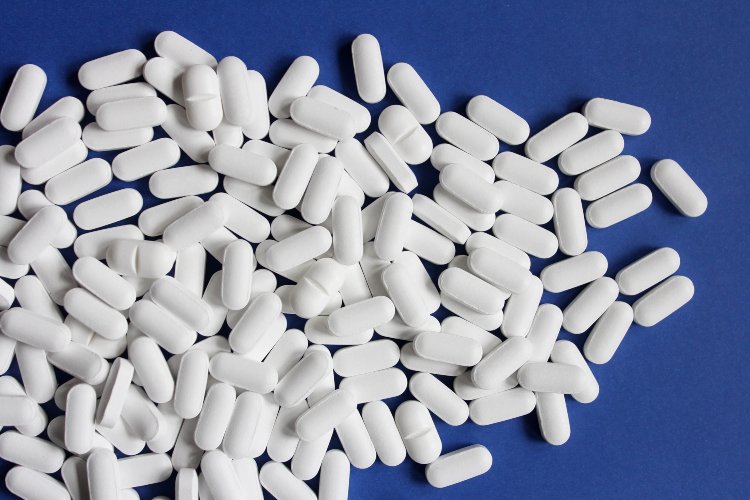Introduction
Vicodin is a prescription pain reliever made from a combination of the opioid medication hydrocodone and the non-opioid pain reliever acetaminophen. It is prescribed to treat moderate to severe pain and is listed on Schedule II under the Controlled Substances Act. Schedule II drugs have a high potential for abuse and addiction, but they have some medical value.
When Vicodin is taken as prescribed, it’s a safe and effective pain reliever. However, when it’s abused, it can lead to addiction, dependence or overdose. Here’s what you need to know about Vicodin abuse, addiction and dependence.
Abuse, Addiction, and Dependence
Vicodin Abuse
Taking more Vicodin than prescribed and taking someone else’s prescription are common forms of Vicodin abuse. According to the Centers for Disease Control, around 11.5 million Americans reported abusing prescription opioids in 2016.1 Vicodin abuse can lead to addiction and dependence.
Addiction
Addiction develops as a result of changes in the brain that occur with heavy drug abuse. Vicodin prompts the release of large amounts of dopamine, which is the neurotransmitter responsible for the intense feelings of pleasure produced by Vicodin. Dopamine is also the key chemical involved in the learning, memory, motivation and reward centers of the brain.
Heavy Vicodin abuse lead these areas of the brain to communicate in a way that causes compulsive drug-seeking and -using behaviors. People with an opioid use disorder almost always need professional support to end the addiction, according to the National Institute on Drug Abuse (NIDA).2
Vicodin Dependence
Dependence is different from addiction. Vicodin and other opioids produce a high level of tolerance very quickly, which means that increasingly larger doses are needed to get the same previous effects. Tolerance leads to dependence, which is characterized by withdrawal symptoms that set in when use stops.
Short-Term and Long-Term Side Effects of Vicodin Abuse
The short-term effects of Vicodin include feelings of euphoria and calm relaxation. Opioids can also cause drowsiness, confusion and slowed breathing as well as nausea and constipation. The most dangerous short-term risk of opioid abuse is an overdose. According to NIDA, more than 130 people die of an opioid overdose every day in the U.S.3 Between July 2016 and September 2017, 45 states saw a 30 percent increase in opioid overdoses. In the Midwest region, overdoses increased by 70 percent during that period.
Long-term effects of Vicodin abuse include:
- Chronic constipation
- Sleep-disordered breathing
- An increased risk for cardiovascular events
- An increased risk for falls and fractures
- Sexual problems, including a loss of libido
- A weakened immune system
Opioid Use Disorder
Opioid abuse, addiction, and dependence are diagnosed under the umbrella of “opioid use disorder” and classified as mild, moderate or severe. In 2017, an estimated 1.7 million Americans suffered from an opioid use disorder involving prescription opioids.
Quitting Vicodin Use: Professional Help is Essential
Almost every addiction has underlying causes, such as a history of trauma, chronic stress, or a co-occurring mental illness like anxiety and depression. To treat a Vicodin addiction successfully, all of the underlying causes of the drug abuse must be addressed.
The first step in treatment is to end the physical dependence on Vicodin. This is done through medical detox, during which all traces of Vicodin are withheld so that brain function can begin to return to normal. Medical detox involves medications that may be used to treat withdrawal symptoms such as:
- Nausea and vomiting
- Abdominal cramps and diarrhea
- Intense cravings
- Cold sweats
- Muscle aches and pains
- Runny nose
Addiction treatment after detox involves a variety of traditional and complementary therapies to help individuals:
- Address a wide range of issues and problems
- Develop coping skills to manage cravings and negative emotions
- Find purpose and meaning in a sober life
- Learn to relax without drugs
- Repair damaged relationships and develop new, healthier ones
- Restore function to all areas of life
Most people who engage with their treatment plan and stay in rehab for an adequate time successfully recover from an opioid addiction, according to NIDA.4 If you think you have an opioid use disorder, treatment can work to help you end the addiction and restore your life on all fronts.
Resources
- https://www.drugabuse.gov/publications/drugfacts/understanding-drug-use-addiction
- https://www.drugabuse.gov/drugs-abuse/opioids/opioid-overdose-crisis
- https://www.drugabuse.gov/publications/principles-drug-addiction-treatment-research-based-guide-third-edition/frequently-asked-questions/how-long-does-drug-addiction-treatment





